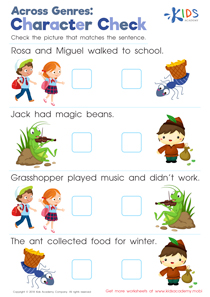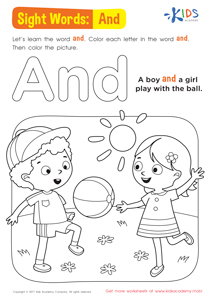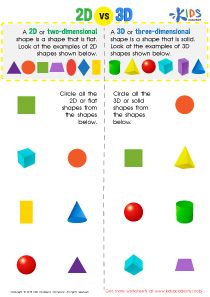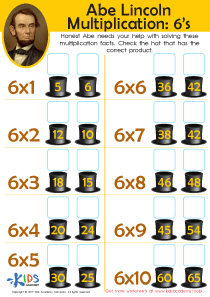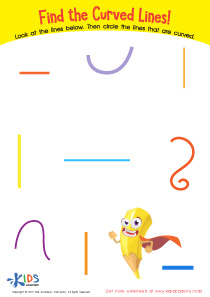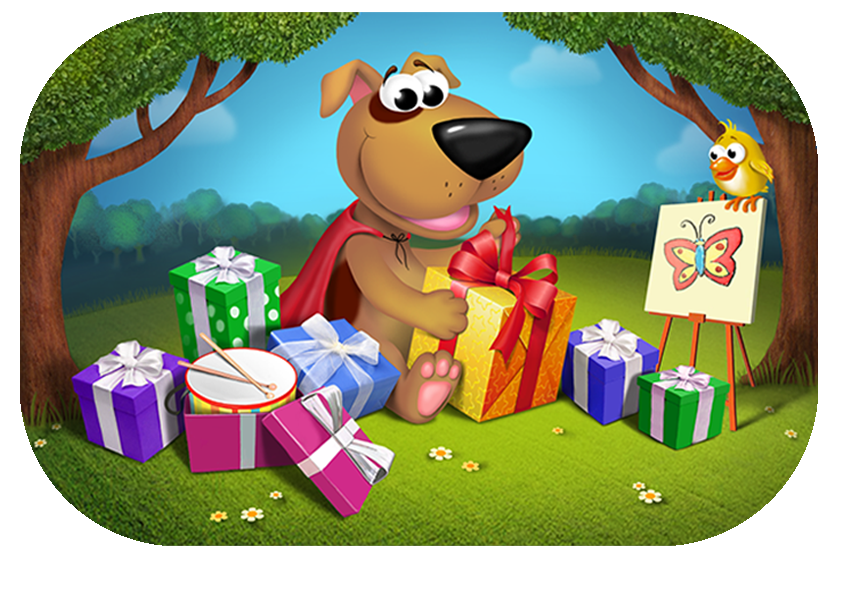Logic and Early Math Lessons | Shapes for Ages 4-5
9 results
Dive into the colorful world of geometry with our Shapes for Ages 4-5 curriculum! Designed to captivate young minds, this interactive course combines fun worksheets, engaging educational videos, and stimulating assessment quizzes to introduce the basics of shapes. Children will explore circles, squares, triangles, and more, learning to recognize and name them through a variety of hands-on activities. Perfect for preschoolers and kindergarteners, our lessons are crafted to foster early geometry skills while keeping learning enjoyable. Join us on this geometric adventure and watch your child's understanding of shapes blossom!
Understanding Shapes for Ages 4-5: A Foundation for Future Learning
In the vibrant world of early childhood education, the introduction of shapes is more than just a basic lesson—it's the laying of a foundation for a multitude of learning experiences that span across different subjects. Our dedicated lessons on Shapes for Ages 4-5 stand out as a crucial building block in the early academic journey of children. These lessons, carefully crafted with interactive worksheets, educational videos, and assessment quizzes, are designed not just to teach, but to engage, inspire, and cultivate a love for learning in young minds.
The Power of Shapes in Early Learning
At the tender age of 4 to 5 years, children are at a peak stage of curiosity and cognitive development. They are beginning to notice patterns, categorize objects, and understand the world around them in more complex ways. Shapes, being one of the most basic and universal concepts, offer a perfect avenue for exploration and understanding. Our lessons on Shapes for Ages 4-5 tap into this natural curiosity, transforming simple observations into structured knowledge that will serve as a cornerstone for future academic achievements.
Interactive Worksheets: A Hands-On Approach to Learning
One of the most effective tools we employ in our lessons are interactive worksheets. These aren’t just any worksheets; they are carefully designed to captivate young minds and encourage hands-on learning. Through tracing, coloring, matching, and more, children not only learn to identify and name different shapes but also develop fine motor skills, attention to detail, and the ability to follow instructions. This multi-faceted approach ensures that children are not just learning about shapes in isolation but are developing a range of skills that are essential for their academic journey ahead.
Educational Videos: Bringing Shapes to Life
To complement our interactive worksheets, we also utilize educational videos that bring the concept of shapes into the real world. These videos are not only informative but are crafted to be engaging and entertaining for young children. Through stories, songs, and examples, children learn how shapes are all around us, from the wheels on a bus to the squares on a chessboard. This real-world connection enhances a child's understanding and retention of the concepts being taught.
